LINX-LIFT LINX-LIFT PZ Series User manual
















This manual suits for next models
5
Table of contents
Other LINX-LIFT Chain Hoist manuals
Popular Chain Hoist manuals by other brands
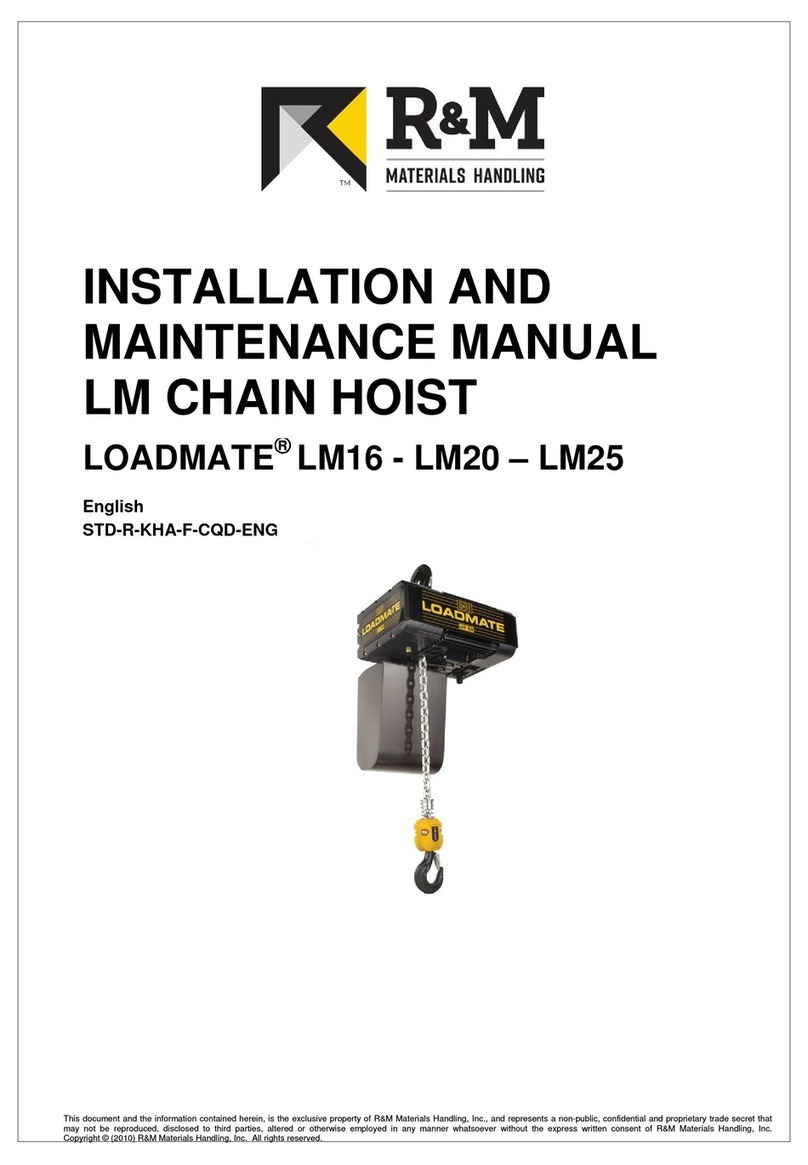
R&M
R&M LOADMATE LM 16 Installation and maintenance manual
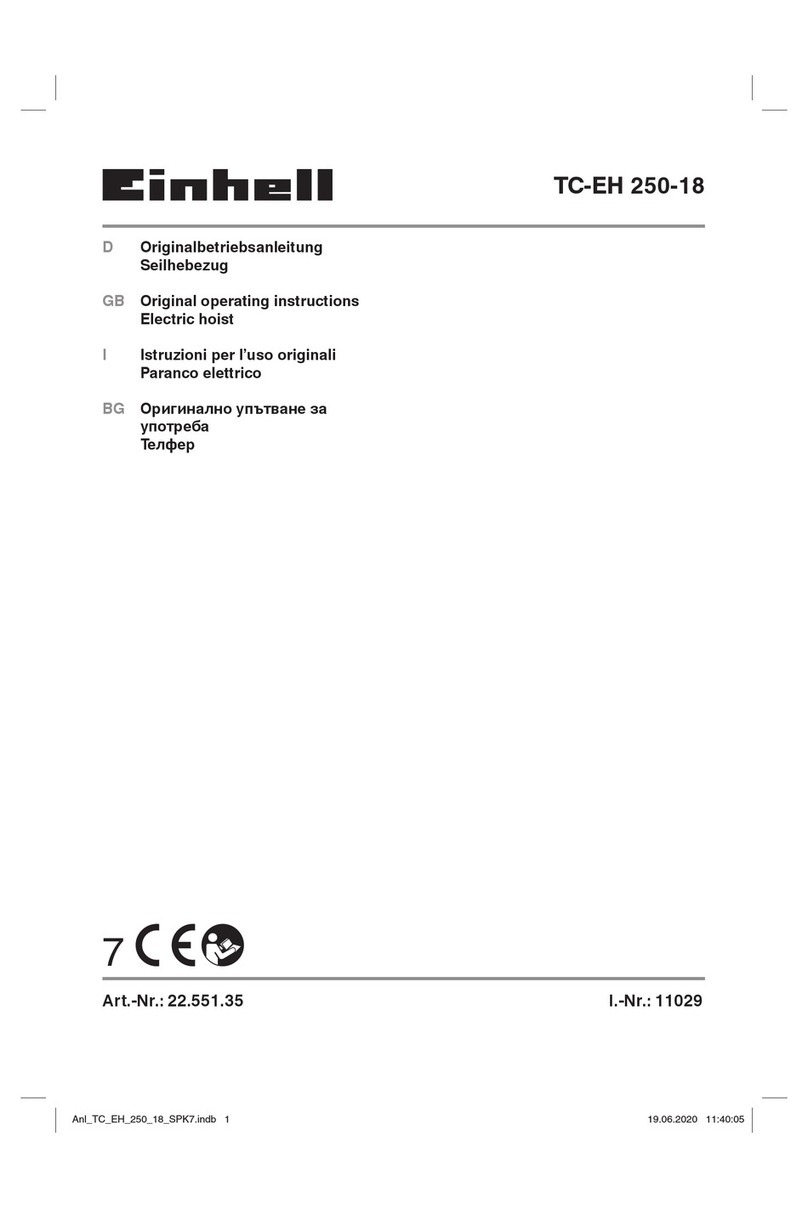
EINHELL
EINHELL TC-EH 250-18 operating instructions
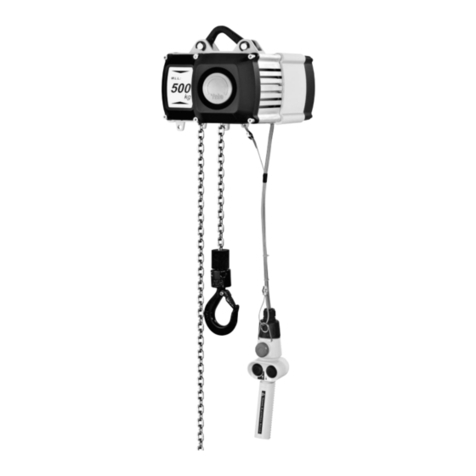
Yale
Yale CPV Series Operating, Maintenance, Spare Parts and Wirind Diagrams
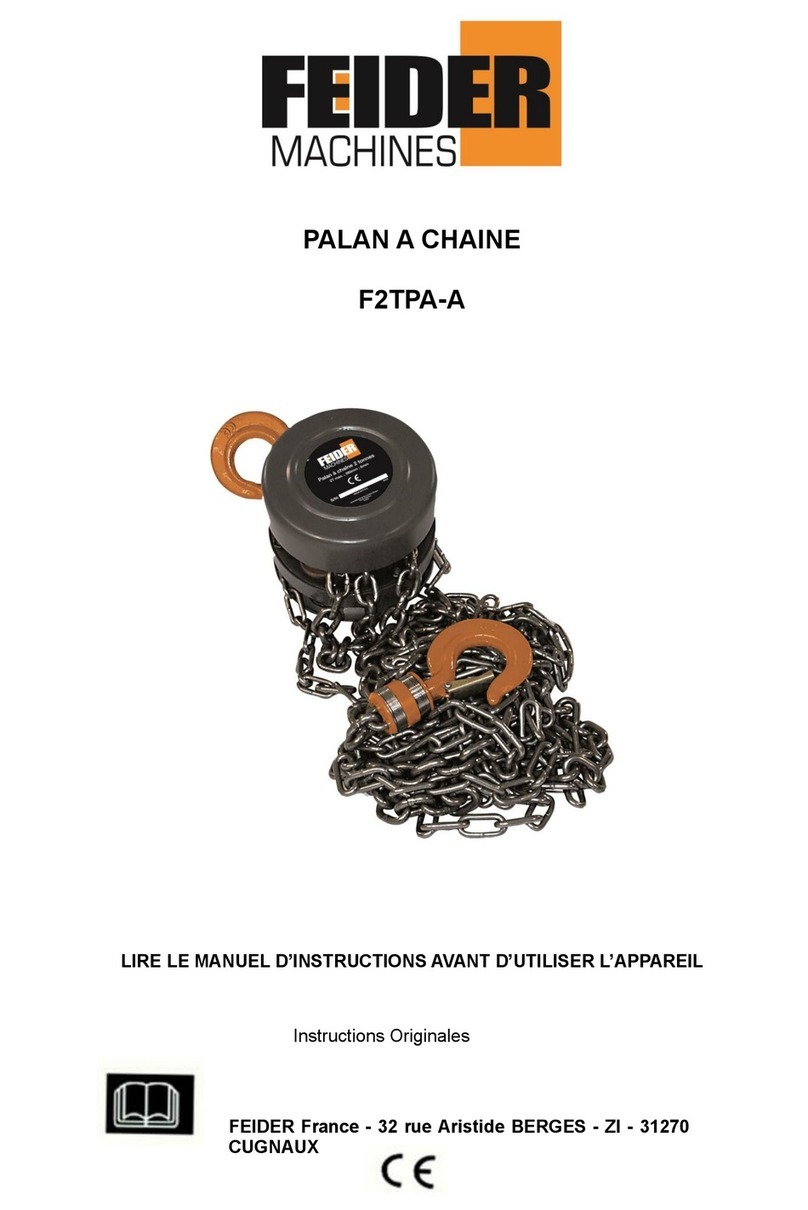
Feider Machines
Feider Machines F2TPA-A instruction manual
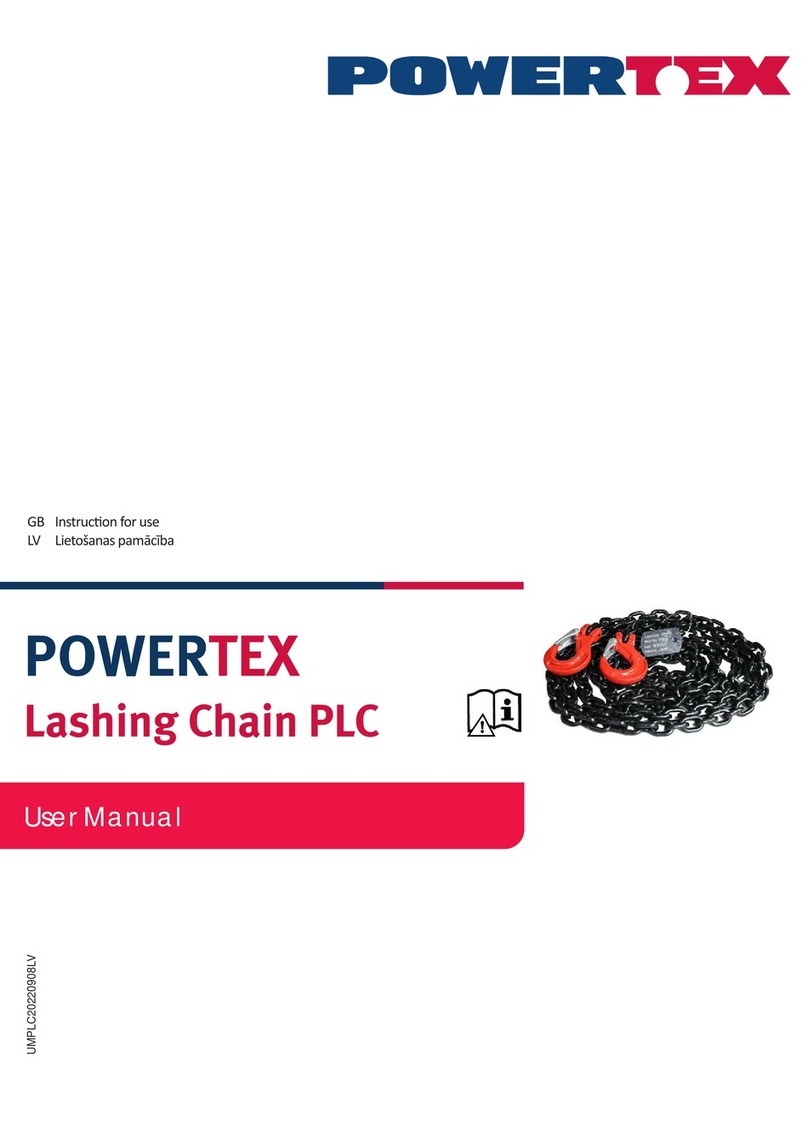
POWERTEX
POWERTEX PLC user manual
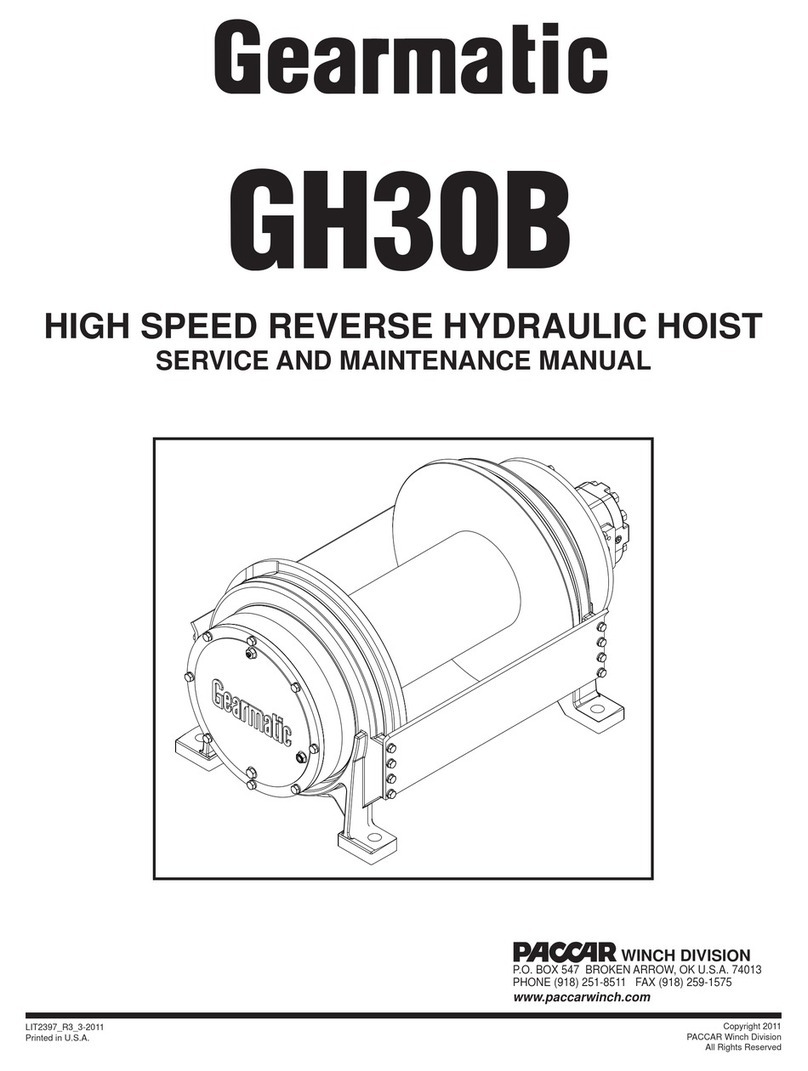
Paccar Winch
Paccar Winch Gearmatic GH30B Service and maintenance manual

Tractel
Tractel corso 0,25 t Operation and maintenance manual

little mule
little mule Lineman's 322C Operating, Maintenance & Parts Manual
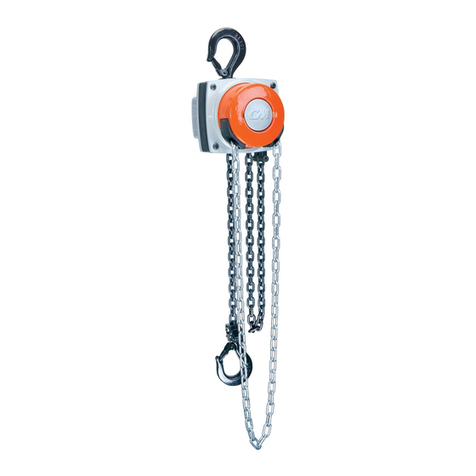
CM
CM 5623A Operating, Maintenance & Parts Manual
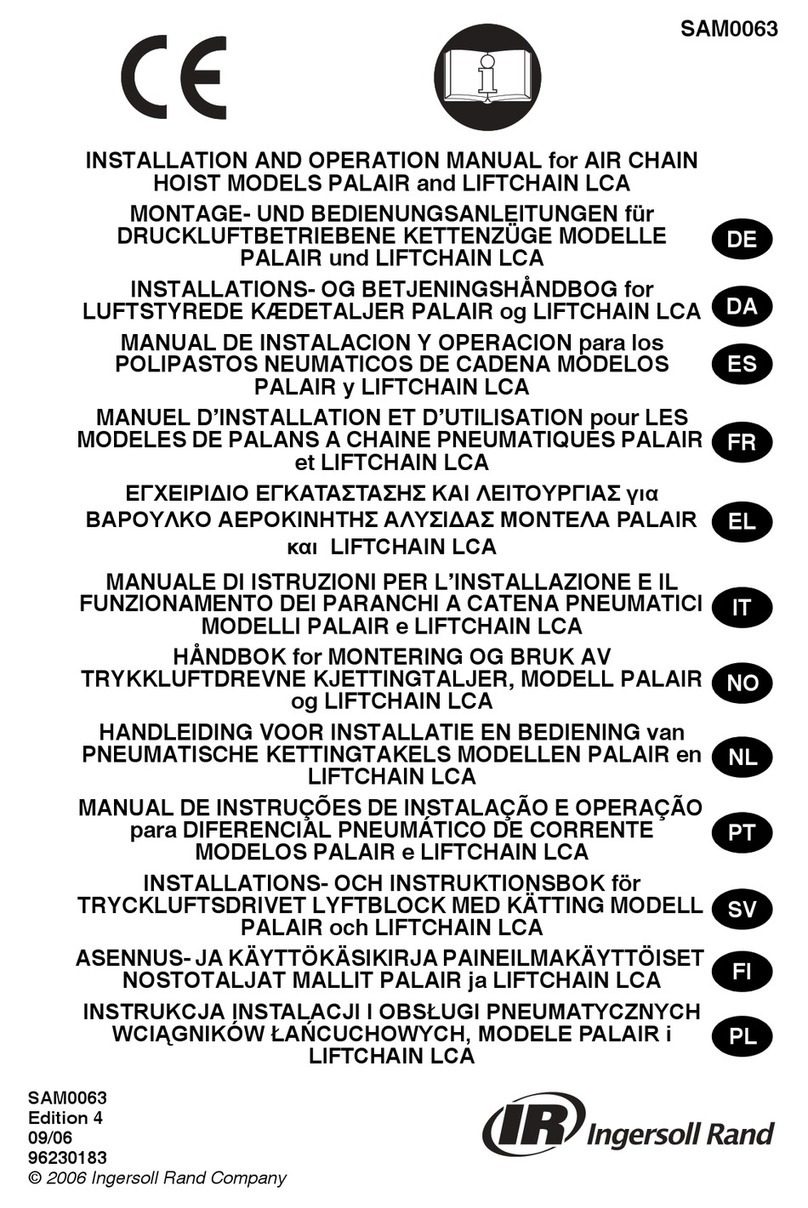
Ingersoll-Rand
Ingersoll-Rand PAL250K-E Installation and operation manual

Grizzly
Grizzly G8703 instruction sheet
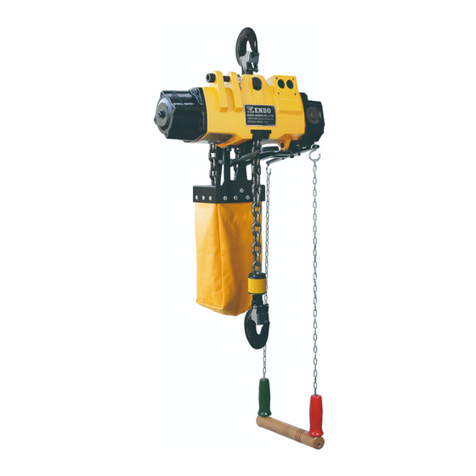
Endo
Endo EHL-05TS, EHL-1TW instruction manual

Cequent
Cequent Reese 7067300 instruction sheet
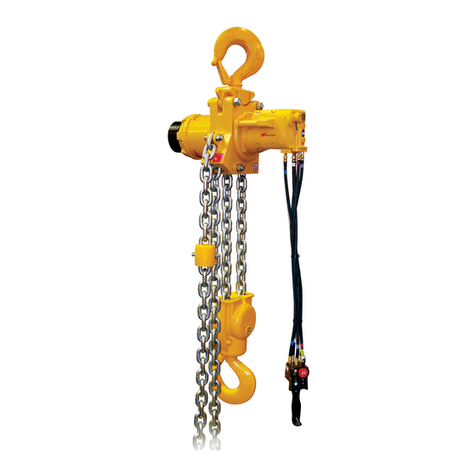
Ingersoll-Rand
Ingersoll-Rand LCA015 Parts, operation and maintenance manual
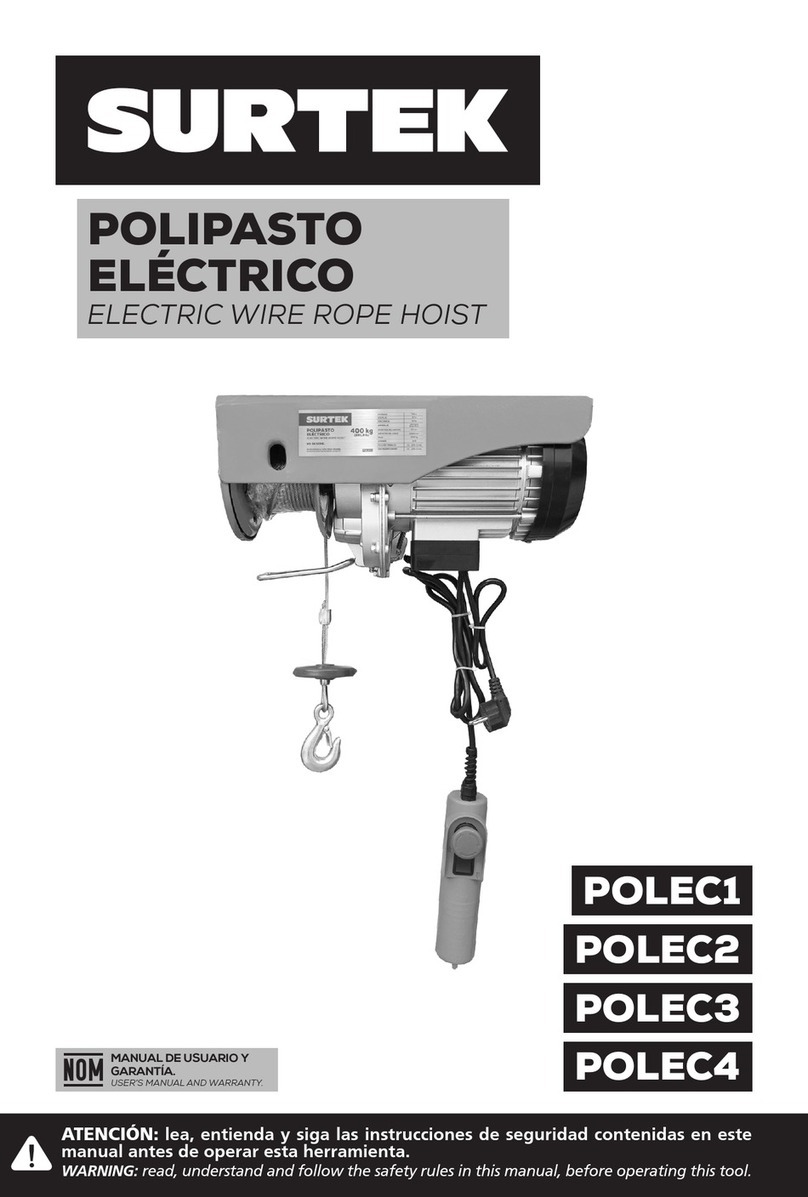
Surtek
Surtek POLEC1 manual

Ingersoll-Rand
Ingersoll-Rand Hercu-Link HA1-005 Parts, operation and maintenance manual
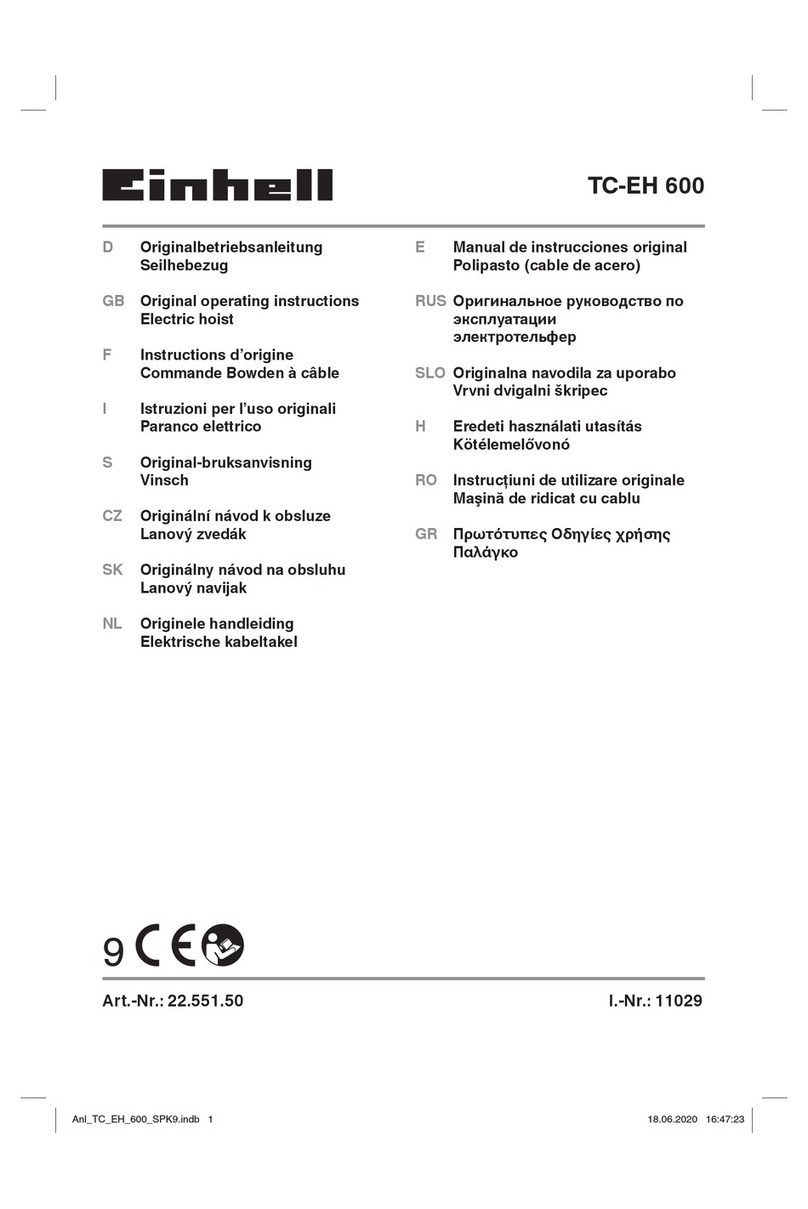
EINHELL
EINHELL TC-EH 600 operating instructions

Thiele
Thiele OCTA STAR Mounting instructions
